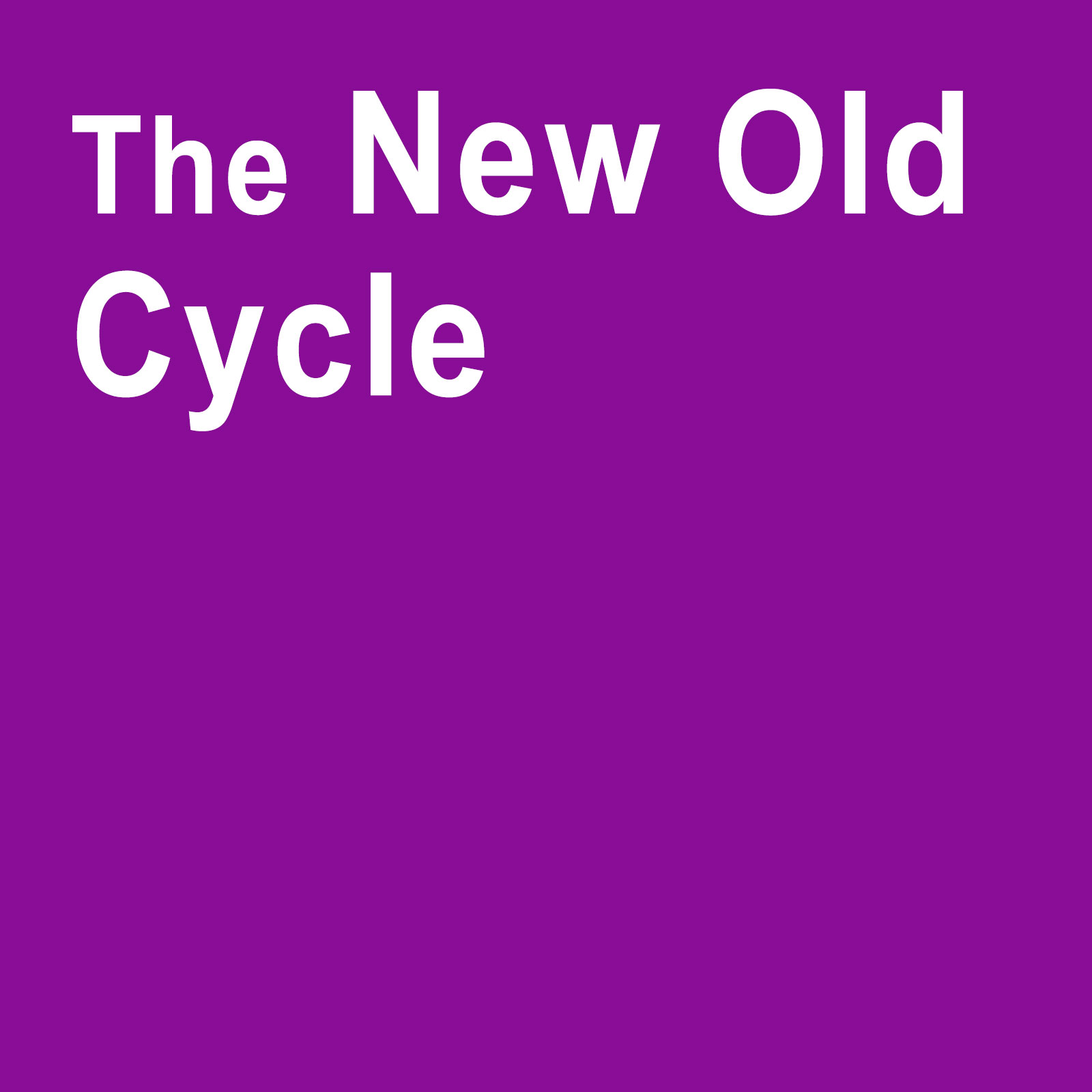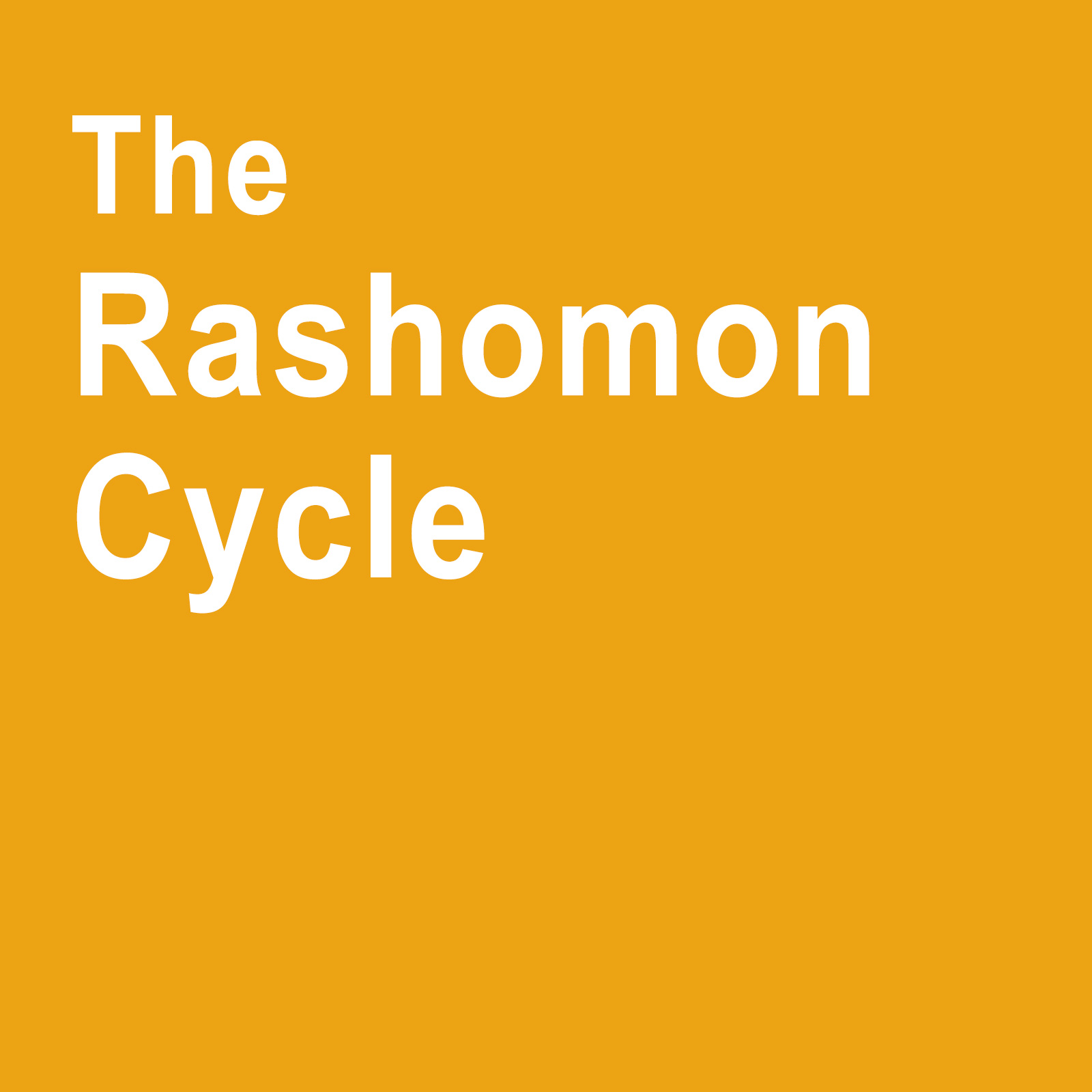
Some Notes on The New Old Cycle
* Imagine for a second your reaction if we would have told you that this concept was written on an old Underwood typewriting machine. You would probably think how romantic, or how old-fashioned, or where did you get the ink from? Is it a rebellious act against the digital world? (Remember the rock band Rage Against the Machine.) Or just an act of comfort (we are used to it…). When the writer Don DeLilo mentioned in one interview that he is still writing on an old typewriter, we node and smile in appreciation, although we all know that in the end of the line there is someone who types the book into a computer. The word typewriter is laced with nostalgia, we can hear the sounds of the keys punching, the smell of the paper, the fresh air of creativity. The word THEATRE has a similar flair to it. That might be the reason why theatre and performance artists tried really hard in the last 30 years to ‘write” performances on the newest machines they could put their hands on. We wanted to be new. We wanted to be part of the discussion. We wanted to be hip, and cool, and young. We didn’t want to be a typewriter! But there is something current in being a typewriter; when the world will come to a stand-still we can still write on the good old machine. It might sound romantic but the point we are trying to make is that it might be time to reexamine the old theatre machine; to revisit the old performance techniques, the texts of the past. Maybe its time to see what is left, can it be updated, is it useful to today’s theatre. In a period in which traditional theatrical gestures have been co-opted as merchandising functions in TV commercial and movies-of-the-week, the basic assumptions of contemporary theatrical vocabulary are in need of a serious reconsideration. The theoretical and intellectual activities, that performance art is very busy with right now, might benefit from some old-fashioned theatre hokum.
* When some experimental film director want to make a point about being experimental they shoot their films in black and white. What is the equivalent for experimental theatre directors? What is our black and white?
*The writer Tony Judt said once that elegiac sentiments and leftist politics are not necessarily in contradiction. At one point Judt described the left as a permanent form of protest: “And since the thing most protested against is the damage wrought by rapid change, to be on the left is to be a conservative.” In other words, in our over-privatized societies, theatre, after all, is still a creator of sociability. A form of protest.
* Walter Benjamin said that people were not only going to film, but to be filmed, that people would have to get used to watching everything while being watched, and that the two great winners in that would be the dictator and the film star. What more can you say? Nothing has changed.
* There was this ad for the Iridium telephone company that said that you could be reached anywhere, even in the desert. What is the point? Nobody ever goes into the real desert, and those who do, go there precisely to be alone. Think of theatre as the desert.
* What we like about the vaudeville stage is the fact that it did not dream big dreams, but mesmerizing small ones and then inflated them until they filled the stage. Then movies came and did exactly the opposite. The vaudeville stage dreamt about spinning waiters, bearded saxophone players, large gray rocks falling on stage out of nowhere, scissor-crazy barbers, fish soup, a town called great poetry and, yes, dancing penguins. That might not have been a great intellectual revelation, but for the audience it was for sure the most audacious display of fantastic stagecraft. One did not attend these shows to discover the meaning of life. One went to watch life transform into a flood of theatrical magic. Back then the chance to dream was a political act, it is still today.
* In the old Minstrel shows actors were “figures of speech” more than “characters.” Their plenitude of discourses manifested in modes of direct address, dialogue, monologue, sermon; the interview, the letter, the “lecture-demo” and talk show; drama, non-fiction and novelistic writing, artificial sound-speech and altered voices. The actors are lazzi for the contemporary theatre. (The performer’s mask/face duplicates the techniques of layering and texturing that characterize other aspects of the staging.) Dramatic classics, religious, scientific, literary, and instructional texts are referred to indiscriminately, even interrogated. The production of affects is more important than representation.
* For the The New-Old Cycle the forms of speech employed by the performers will be drawn from many sources: conceptual performance, vaudeville, soap opera, film acting and psychological drama, cabaret, musical comedy, melodrama, television, rehearsal as performance. We will operate under the idea that varieties of speech styles and performance styles overwhelm narrative in production whose tension grows out of juxtaposition of acting and reading, live performance and mediated presence, and competing forms of media. We take to heart the idea of theatrical production and reproduction. We offer both the performance and its documentation within the same event. A live performer may interact with others in real time, on film or pre-recorded video, or the voice may be separated from the body. The same scene can be played in two different media, film and live performance or live performance and a radio play of the same text. Some speeches will be heard on tape or telephone or records or computer. In one sense, this is a post-actors’ theatre on which the live performance situation forces the performers to confront images and recording of themselves in an ongoing analysis of the nature of “presence.”
* As in the minstrel shows, or vaudeville, dance is an essential activity, not only to relieve the dramatic tension but also to cover over the lack of resolution of cultural problems. The “social dances” create a sphere of freedom, carnivalesque in spirit.
* One has to be careful not to rely too much on the “avant-garde” tricks that are pretty much status quo by now: the use of film or video, backstage projection, dance breaks, and so on, to create a “total” theatre effect. This time instead we would like to put, in some performances, the text itself center stage. The production should be, in part, about the comedy of language, which we equate with miscommunication. No matter how plainly anyone talk, it’s still just talk.
*The fragmented nature of the Variety-Show is short-circuiting our desire for the standard forms of theatrical pleasure. (You know, logical plots, with appropriate emotions and cathartic events played for effect.) Is theatergoing still merely a bourgeois habit, on a par with the after-theatre salad? The truth is that most audience members remember the characters who represent not the larger human experience but their own personal experience: we are lulled by the sight of ourselves acting out. The radical Variety-Show gently pulls the imaginary pacifier out of the audience’s mouths and shakes the spittle from it before throwing it in the trash.







